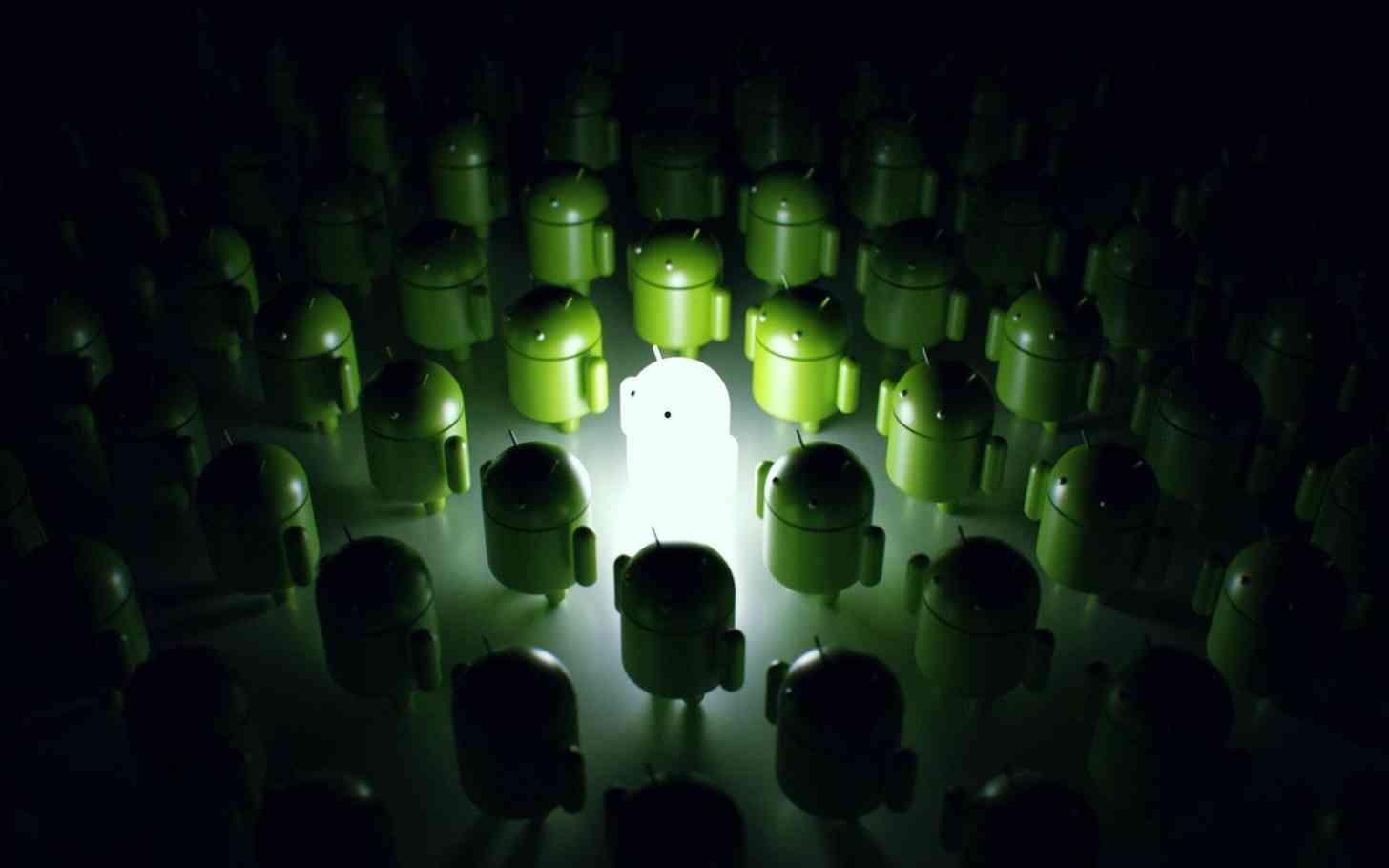
Yesterday, Google followed its own monthly routine and released the latest distribution numbers for its mobile platform, Android. The company takes a look over a period of time, which typically ends at the beginning of a month, to see which versions of Android are accessing the Google Play Store. With that Google can get a pretty clear picture as to the state of Android, basically informing the rest of us just how well one version of the platform compares to another.
For some, it’s a great way to see how one version of Android, like the latest iteration, Marshmallow, is doing when it comes to adoption. For developers it’s just one of many ways to see where the majority of Android users are, as far as which version of Android they’re running goes.
This latest update was interesting, though. Google revealed that while the previous two versions of Android, Lollipop and KitKat, are still dominating the charts, they actually dropped in adoption numbers since Google’s April distribution update. The drops weren’t big by any means, but they’re certainly significant changes.
Plus, the newest version of Android, Marshmallow, is actually the only version of the mobile operating system that saw a rise in adoption since the last report. So that’s good news!
The state of Android’s operating systems has always been a hot topic. For some out there, it’s a clear indicator that the Android philosophy is broken, showcasing that a great many number of real world users out there in the world are using software that isn’t new, or, in some cases, even close to new.
And to some it’s just how things are. Android is fragmented, sure, but that doesn’t necessarily mean that’s a bad thing, right? Sure, it’s great having the latest and greatest software, especially when there are features added to the mix that seem pretty awesome, but it seems reasonable to assume that the majority of smartphone owners out there just aren’t paying attention to that after they buy the phone.
(This is also not just an Android issue. Microsoft’s Windows Mobile 10 didn’t make it onto a lot of phones that probably would’ve been fine running it — another big update from Microsoft that didn’t reach all the devices it should have, reminiscent of the transition to Windows Phone 8.)
To be clear, I think it’s features that initially draw them in, especially if they’re in a store and a sales representative is selling them on something. Whether that’s the high-definition display, the ridiculous camera, or whatever else it might be, those features are surely the way the sale gets finalized. But, I think as long as the phone continues to do what it was supposed to do, most people aren’t going to keep tabs on what’s coming down the pipe.
Yes, if you’re reading this, it’s probably likely that you fall into the category of folks who do care, and I understand. I’m one of those, too. But I think we can all agree that we know someone, maybe even more than one, that simply doesn’t care about future software updates.
That could be changing in favor of awareness, though, as our devices become lockers for our most prized information. But, security is for another topic on another day.
I used to root my Android phones and join beta programs just to make sure that I had the newest software, in most cases even before it was publicly available. I don’t miss those days anymore, though. I obviously keep tabs on the new software that’s being developed, but I’m more than happy to just wait for it to get officially released these days.
Seeing Android’s distribution numbers yesterday made me wonder: How many folks out there really care about which version of their phone’s mobile operating system is loaded onto their device? Do you ever think about it anymore, follow it right up until launch, or do you just accept it as a welcomed surprise when your phone tells you there’s new software ready to be installed? Or, on the flip side, do you go out of your way to install the latest software, just to make sure you’re up-to-date?